“The transformation is slowly happening.”
Interview with FOAF Warsaw organizing team: Piotr Drewko, Zuzanna Hadryś, Michał Lasota.
‘Friend of a Friend’ (April 7-28, 2018) project sees eight important and thriving Warsaw contemporary art galleries: BWA Warszawa, Foksal Gallery Foundation, LETO, Piktogram, Dawid Radziszewski, Raster, Stereo, Wschód sharing their exhibition spaces with international guests. A dialogue with galleries from the Czech Republic, France, Germany, United States, Switzerland and Great Britain lies at the foundation of group shows featuring Polish and international artists.
The event is co-organized by the Adam Mickiewicz Institute, Stereo Gallery, and Wschód Gallery with financial support from the funds of the City of Warsaw.
Name: Friend of a Friend -FOAF
Location: Warsaw, Poland
Dates: April 7th to 28th
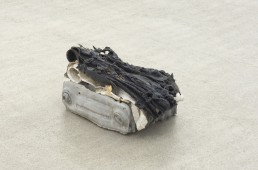
Which unique values do you think characterize the contemporary Polish art scene?
We have a great avant-garde tradition that has been carried out by Foksal Gallery Foundation – The Avant-Garde Institute founded in 2004. Its main purpose is to preserve Edward Krasiński’s studio and make it available to the public. In the apartment/studio that Krasiński inherited from Henryk Stażewski, a pioneer of avant-garde art in Poland, has been preserved a unique collection of works arranged by the artist in the years 1988–2002. The installation remains unchanged since Krasiński’s death in 2004. Additionally a very strong representation of older established polish artists exhibited worldwide – Piotr Uklański, Wilhelm Sasnal, Rafał Bujnowski, Zbigniew Libera and young generation showing at the top art fairs (Liste, Art Basel, Frieze) – Piotr Łakomy, Karol Radziszewski, Monika Sosnowska, Tomasz Kowalski, Joanna Piotrowska. We have Warsaw Gallery Weekend and young international art fair “Not Fair”. We’d say we have very well balanced combination of very interesting historic legacy and fast growing ambition.
Where did the inspiration for organizing collaborative exhibition program between galleries in Warsaw and the name, Friend of a Friend, originate from?
The idea of Friend of a Friend is basically inspired by Condo, but also by Cologne-Duesseldorf Okey-Dokey, and last but not least by a slightly older event organized by the Polish gallery Raster, called Villa, which has had editions in Warsaw, Reykjavik, Tokyo and Toronto. We also had some older initiative in mind – like the ones happening in US in the 90’ were galleries swapped their spaces for the summer. The program of collaborative exhibitions between galleries is not a unique discovery but it got popular in the last two years. It became obvious for us that such project should resonate in Warsaw and bring more attention to our local art scene. Symbolically and pragmatically (there is long tradition of successful Warsaw Gallery Weekend) it was the right move to make at this point. In order to grow internationally we have to create a strong message internally.
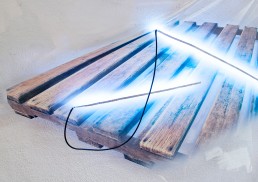
Florian Auer, draft: untitled, 2018, digital print on transparent pvc, led lights, 140 x 110 cm (detail). Courtesy the artist, Piktogram, Warsaw, Kraupa-Tuskany Zeidler, Berlin.
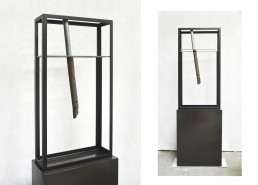
Olaf Brzeski -A copy of the Life of a Pipe. Courtesy of the artist, Raster Gallery, Warsaw .
How do you perceive the differences between similar initiatives and the traditional, brick-and-mortar art fairs?
Based on the principle of friendly collaboration (and not competition, often associated with the art market), the event can not only be successful in establishing an innovative platform to present contemporary art, but also an exchange model that provides an alternative to art fairs. We do not want to create a counterpunch for the fairs but a parallel opportunities for the artists and galleries to widen the exposure and strengthen the international collaborations. Moreover this structure is a good test for learning how to compromise, build something on the quite a shaky ground – none of the galleries decide what others are bringing so it is a matter of forming a coherent situation out of already made up choices. In such situation the chance is only ostensibly limited.
Do you see the Friend of a Friend as just another way of facilitating an art fair or as a necessary change on the global art scene?
We would not use the word “facilitating” in that matter – the expansion or being more accurate – the evolution of previously put to a test ideas are definitely a valuable addition to the constant growth of the global art scene. It is interesting why such initiatives are intensely appearing now (for the past 2 years). The structure of international collaborations have been deeply rooted in the development of the art fairs so possibly there is time for something new – something that gives you similar opportunities with lower costs.
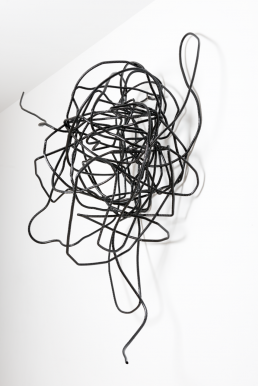
Monika Sosnowska-Rebar, 2017. Courtesy of the artist, Foksal Gallery Foundation, Warsaw.
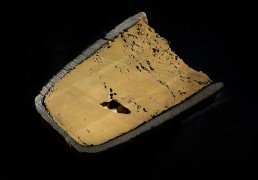
How would you describe the art collecting scene in Poland?
The art collecting scene is fairly young or we would rather say not as efficient and expansive as we would wish. We do have collectors but the number is very slowly growing. Many of them are directing their attention to art auctions what makes establishing the relation between the artists and galleries quite difficult. The formation that works on the assumption that the relevance of certain artists lies within the exposure through public institutions, galleries, international shows can be disturbed because of that fact. The problem does not entirely lay where you would think – the lack of funds – but more in the very big gap in the education. There is no habit of collecting contemporary art in Poland – we have never had time and opportunity (historically and culturally) to have the need of collecting art embedded in the society. However as we mentioned in the beginning – the transformation is slowly happening.
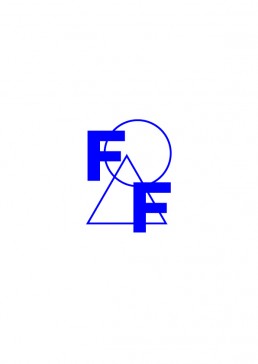
Get your free copy of Artland Magazine
More than 60 pages interviews with insightful collectors.